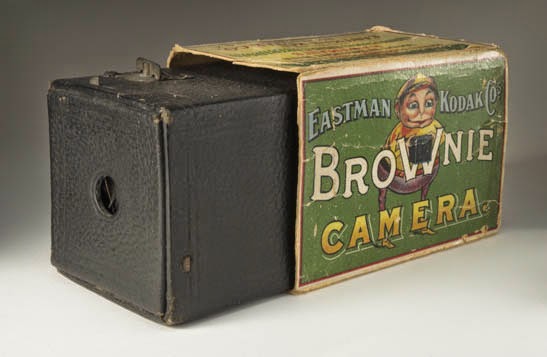 |
The very first photograph taken in 1826, View from the Window at Le Gras, took 8 hours to
 |
For most of the studio photographic portraits of the early 1900's the camera shutter had to be held open for about 60 seconds or a little longer, and that's a long time to hold a smile. Too long, the theory goes, to keep the lips from moving even slightly which would have caused a blur.
Mystery solved.
 |
But maybe not. I think I can hold a smile for 60 secs. Others say they can
too.
too.
So perhaps that wasn't the only reason. Bad teeth and the fact that having your portrait taken was considered a rather formal occasion have also been cited as causes for such serious poses.
That makes a lot of sense to me because if any of us were to go back in time I think the first thing we would notice about the people of the late 19th and early 20th centuries would be their rotten teeth.
 |
We think of smiles as warm and friendly. But Jeeves points out that,
"By the 17th century in Europe it was a well-established fact that the only people who smiled broadly, in life and in art, were the poor, the lewd, the drunk, the innocent, and the entertainment."
Mark Twain once wrote that, “A photograph is a most important document, and there is nothing more damning to go down to posterity than a silly, foolish smile caught and fixed forever.”
Mark Twain once wrote that, “A photograph is a most important document, and there is nothing more damning to go down to posterity than a silly, foolish smile caught and fixed forever.”
Apparently, that mindset remained until the Kodak Brownie became popular. The very first Brownie was manufactured in 1901. A popular story Explaining how Kodak got its name claims that it was named for the sound the Brownie made when the shutter was pushed. (Frankly it sounded more like "KaPlunk" to me, but no company named KaPlunk would have been the same.)
But that story is not true. George Eastman, the founder himself said that he'd simply made it up.
"I always liked the letter "K." It seems a strong and incisive kind of letter. It became a question of trying a great number of combinations of letters starting and ending with the letter "K" and "Kodak" is the result."
The "Brownie" was named after cartoon characters drawn by Canadian Cartoonist Palmer Cox which featured little fairy like figures called "Brownies." (Notice original Brownie Box above.)
Anyway, Kodak began advertising it's camera, which sold for $1 dollar, by showing happy
 |
By the mid-20th century, photography in general had become much faster, much cheaper, and much more casual. People were also taking better care of their teeth. Smiling became, not only accepted, but almost mandatory when posing before the now ubiquitous ( I love that word) Brownie. "Say Cheese" were the magic words that 97.5% of the time preceded the "KaPlunk" of millions of Brownies.
-Lee




No comments:
Post a Comment